#tasman glacier
Explore tagged Tumblr posts
Text

Looking down the Tasman valley. Aoraki Mt Cook National park.
Another one from the workshop last month. I think I’ve milked that one of content for all it was worth. Better get out and make some more I guess!!! In the meantime if you haven’t watched the vlogs, I’d appreciate it if you went and had a look!
📷: Fujifilm GFX100S II & GF 45-100mm.
#photography#photographers on tumblr#new zealand#landscape photography#new zealand destinations#fujifilm#fujifilmxseries#aoraki#Aoraki mt cook National park#Fujifilm GFX#mountains#tasman glacier#glacier valley#nzphotographer
130 notes
·
View notes
Text

Sought of an impromptu trip to South Island of New Zealand. Ended up at the Mount Cook NP. Did the Tasman Glacier walk. And getting to view the glacier closely. The Tasman Glacier is NZ longest glacier (approximately 24 km long) and is one of several large glaciers which flow south and east towards the Mackenzie Basin from the Southern Alps in New Zealand.
#original photography#photographers on tumblr#australian photography#australian photographer#original photographer#travel photography#landscape photography#new zealand#Mackenzie District#Mount Cook National Park#Tasman Glacier#Glaciers#Tasman Lake#Icebergs
12 notes
·
View notes
Text
#2658 - Melicytus alpinus - Porcupine Shrub


AKA Hymenanthera dentata var. alpina, and Hymenanthera alpina. Melicytus comes from the Greek for 'honey cave' and refers to the staminal nectaries of the flowers.
Another unfriendly plant growing on the moraine of the Tasman Glacier, although unlike the Bush Lawyer previously this growth form may have been evolved to protect the leaves from the harsh climate, or possibly from hungry Moa.
Melicytus alpinus can be found in both the North and South Island of New Zealand in coastal and in dry alpine areas, shrugging off cold, drought, soils that are little more than broken rock, and dry saline ground. It is most common in the South Island high country.
Favoured habitat for many of New Zealand's lizards, who eat the fruit and spread the seeds.
Aoraki/ Mt Cook, Aotearoa New Zealand
3 notes
·
View notes
Photo

Tasman Glacier, Hochstetter Dome, New Zealand
Photo credit: Yan Zhang, New South Wales
#yan zhang#photographer#tasman glacier#hochstetter dome#glacier#mountains#sunrise#new zealand#nature#new south wales#australian geographic
24 notes
·
View notes
Text
Icebergs & Mountain Views: Tasman Glacial Lake Excursion
The Solo Scale: Once you’re on the boat, you may be separated anyway (due to weight balancing) and the noise gets pretty loud once you’re zipping around. Being solo is no problem! If you’re staying in Aoraki (also known as Mount Cook) for the night, there’s any number of excursions and activities. One of them you might not expect is to get to see icebergs in the middle of the country, but…
#aoraki#aoraki boat tours#excursions in mount cook#mount cook#mt cook icebergs#tasman glacial lake#tasman glacier#things to do in mount cook
0 notes
Text










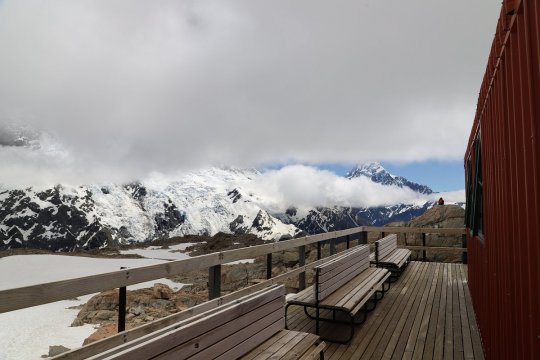















Гора Кука (Аораки) - наивысшая точка Новой Зеландии, высота которой составляет 3754 метра над уровнем моря, расположена в западной части Южного острова, в новозеландских Южных Альпах. Гора состоит из трёх пиков - самый низкий из них имеет высоту 3593 метра над уровнем моря, средний - 3717 метров и самый высокий - 3754 метра. Гора Кука сложена из кристаллических пород, имеет форму седла с крутыми склонами, а её вершина покрыта вечными снегами и ледниками. Вдоль восточного фланга горы спускается знаменитый ледник Тасмана - крупнейший ледник в Новой Зеландии, протяжённостью 29 километров и площадью 156,5 квадратных километров. Нижняя часть горных склонов покрыта уникальными дождевыми лесами умеренного климата и живописными альпийскими лугами, в которых произрастают эндемичные виды растений и редкие виды животных, встречающиеся только в Новой Зеландии.
Для маори, коренного населения Новой Зеландии, Аораки является священной горой, на языке племени Нгай Таху название горы означает "большое белое облако". Английское название Mount Cook (Гора Кука) дал горе в 1851 году капитан Джон Лорт Стокс в честь знаменитого мореплавателя Джеймса Кука. С момента открытия горы европейцами, её вершина постоянно манит альпинистов со всего мира. Несмотря на то, что Аораки - далеко не самая высокая гора на планете, она является технически очень сложной для восхождения. Огромную опасность для альпинистов представляют резкая смена погоды, сильные снегопады, высокий уровень обледенения скал, большие трещины ледников и высокая вероятность внезапного схода лавин. Только с начала XX века при восхождении на гору Кука погибло около 80 альпинистов, что делает её самым смертоносным пиком в Новой Зеландии. Не даром в легендарной эпопее Джона Толкина "Хоббит, или Туда и обратно", "Властелин колец" и "Сильмариллион" гора Кука стала прототипом пика Карадрас - одного из высочайших пиков Мглистых гор в Средиземье. Именно под Карадрасом был построен великий город гномов Казад-Дум
В 1953 году на территории вокруг горы Кука был создан Национальный парк Маунт-Кук, в который входят 19 горных пиков высотой более 3000 метров над уровнем моря и 8 (из 12) крупнейших ледников в Новой Зеландии. Парк является частью района Те-Вахипунаму, внесенного в список Всемирного наследия ЮНЕСКО за выдающуюся природную ценность. Помимо занятий альпинизмом (восхождение на вершину разрешено только опытным альпинистам в сопровождении горных проводников), посетители парка могут заняться скалолазанием, трекингом, горным велосипедом, охотой и насладиться невероятным зрелищем самого "звёздного" ночного неба на Земле. Во время прогулок по горным тропам можно увидеть попугая кеа - единственного в мире попугая, эндемика Новой Зеландии, обитающего на высоте 1500 метров над уровнем моря и выше.
Mount Cook (Aoraki) is the highest point in New Zealand, with an altitude of 3,754 meters above sea level, located in the western part of the South Island, in the New Zealand Southern Alps. The mountain consists of three peaks - the lowest of which is 3,593 meters above sea level, the middle one is 3,717 meters, and the highest is 3,754 meters. Mount Cook is composed of crystalline rocks, has the shape of a saddle with steep slopes, and its summit is covered with eternal snow and glaciers. Along the eastern flank of the mountain descends the famous Tasman Glacier - the largest glacier in New Zealand, with a length of 29 kilometers and an area of 156.5 square kilometers. The lower part of the mountain slopes is covered with unique temperate rainforests and picturesque alpine meadows, in which endemic species of plants and rare species of animals grow, found only in New Zealand.
For the Maori, the indigenous people of New Zealand, Aoraki is a sacred mountain; in the language of the Ngai Tahu tribe, the mountain's name means "large white cloud". The English name Mount Cook was given to the mountain in 1851 by Captain John Lort Stokes in honor of the famous navigator James Cook. Since the discovery of the mountain by Europeans, its summit has constantly attracted climbers from all over the world. Despite the fact that Aoraki is far from the highest mountain on the planet, it is technically very difficult to climb. Extreme weather changes, heavy snowfalls, high levels of icing on the rocks, large glacier cracks and a high probability of sudden avalanches pose a huge danger to climbers. Since the beginning of the 20th century alone, about 80 climbers have died while climbing Mount Cook, making it the deadliest peak in New Zealand. It is not for nothing that in the legendary epics of John Tolkien "The Hobbit, or There and Back Again", "The Lord of the Rings" and "The Silmarillion" Mount Cook became the prototype of the peak of Caradhras - one of the highest peaks of the Misty Mountains in Middle-earth. It was under Caradhras that the great city of the dwarves Khazad-dum was built.
In 1953, Mount Cook National Park was created on the territory around Mount Cook, which includes 19 mountain peaks over 3,000 meters above sea level and 8 (out of 12) of the largest glaciers in New Zealand. The park is part of the Te Wahipounamu area, listed as a UNESCO World Heritage Site for its outstanding natural value. In addition to mountaineering (climbing to the summit is only permitted for experienced climbers accompanied by mountain guides), visitors to the park can go rock climbing, trekking, mountain biking, hunting and enjoy the incredible spectacle of the most "starry" night sky on Earth. While walking along the mountain trails, you can see the kea parrot - the only parrot in the world, endemic to New Zealand, living at an altitude of 1,500 meters above sea level and higher.
Источник://shark-er.livejournal.com/121080.html,/tury.ru/sight/id/ 14721-gora-kuka-aoraki-14721,/www.tripadvisor.ru/Attraction_ Review-g658483-d4080009-Reviews-Aoraki_Mt_Cook- Mt_Cook _Village_Aoraki_Mount_Cook_National_Park_Te_Wahipounamu_Mac.html,/www.nik-m.com/regiony/kenterberi/aoraki-maunt-kuk-samaya-vysokaya-gora-novozelandskikh-ostrovov/,//t.me/ borderlesstravel.
#New Zealand#nature#national park#Mount Cook#mountains#Aoraki#lake#landscape photography#trees and forest#river#bridge#glaciers#blue sky#nature aesthetic#travel#wonderful#nature video#nature photography#Новая Зеландия#природа#Пейзаж#национальный парк#Маунт-Кук#Гора Кука#Аораки#горы#ледник#лес#озеро#река
297 notes
·
View notes
Text
Mes coups de cœur de l’île du sud :
- Le jardin municipal de Christchurch
- La petite ville côtière de Akaroa qui est vraiment très mignonne, qui fait un super fish&chips et qui a des influences françaises et donc possède une boulangerie!
- Voir les cachalots à Kaikoura
- Les real fruit ice cream, parfaites après de longues randos comme mes 25km à Abel Tasman. Parc que je n’ai pas trop aimé même si les plages de sable doré étaient magnifiques mais il y avait beaucoup de monde, des bateaux partout et même des jet skis. Par contre la glace néo-zélandaise faite directement là où sont ramassés les fruits rouges, ça surpasse tout (même les glaces italiennes, désolée les italiens!)
- Pancake Rocks, des rochers insolites et la puissance de l’océan, très impressionnant
- La randonnée pour aller voir le Franz Joseph Glacier avec tous ses ponts suspendus. (Et le bain chaud à l’eau du glacier qui a suivi)
- Wanaka, une petite ville très vivante au bord du lac du même nom. Ainsi que ses randos : Roy’s Peak gravi pour le levé du soleil et Isthmus Peak qui se dresse entre deux immenses lacs et est tout simplement sumblime!
- Les Milford Sounds, fjords au sud de l’île qui offrent un panorama majestueux surtout le matin dans la brume
- Et la petite ville de Te Anau ncore au bord d’un lac dans lequel on peut se baigner même si il faut avoir du sang breton pour apprécier.
Je suis arrivée en Nouvelle-Zélande un peu décontenancée après la magie polynésienne. Mais finalement j’ai été conquise par tous ses paysages somptueux, les milliers de km sur ses routes époustouflantes, les sourires de ses habitants et les rencontres inoubliables. Ça été dur de dire au revoir, je regrette de ne pas être restée plus longtemps.










2 notes
·
View notes
Text

Found stereo slide: Kyveli (Keli) Panos, rocking the Mondrian-via-Yves-St-Laurent look, Huapapa Tasman Glacier, Aotearoa New Zealand, circa October 1962
12 notes
·
View notes
Text
Pictures from our trip to Aotearoa/New Zealand 🏔️🌊🌿
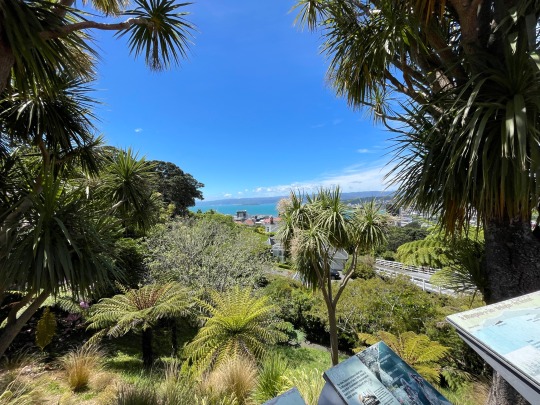
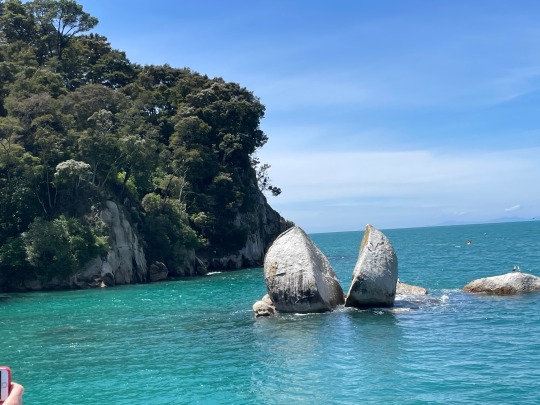
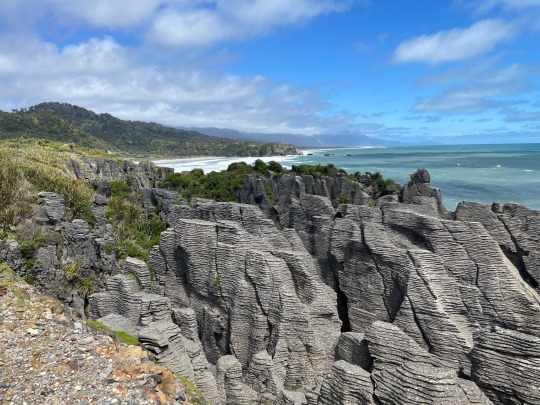
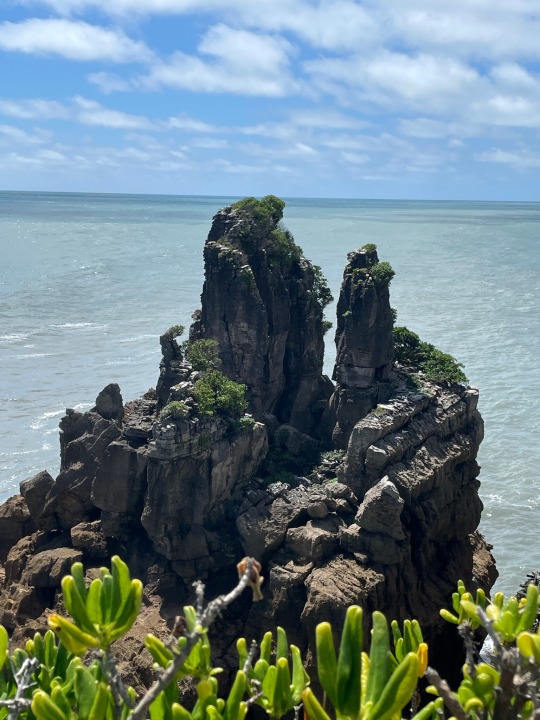
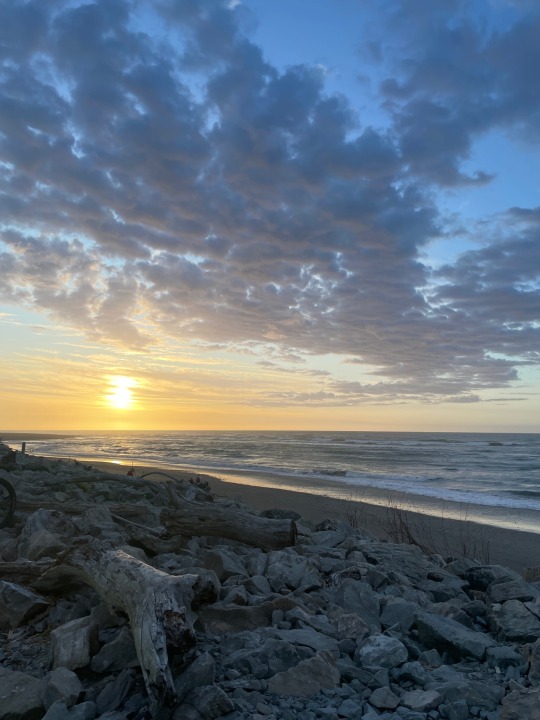
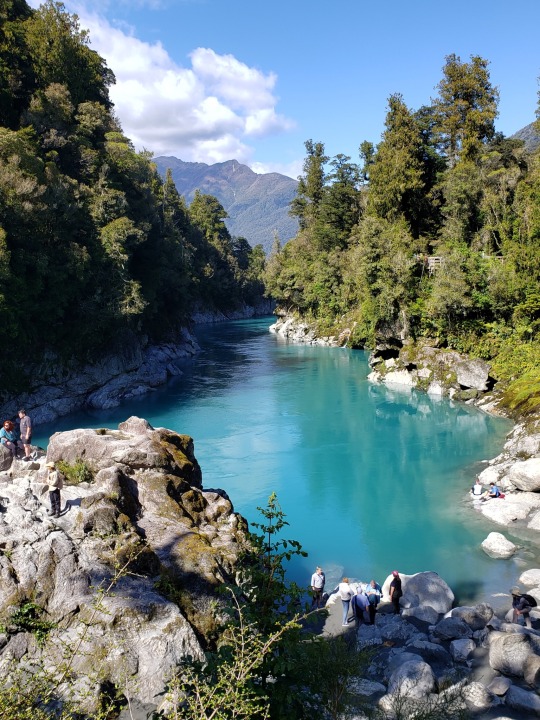
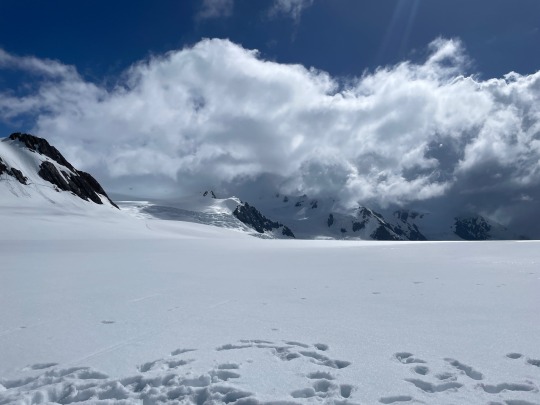
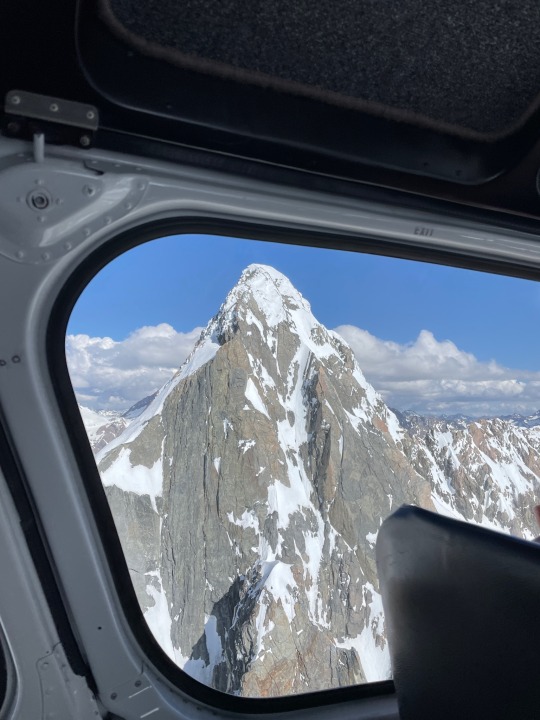
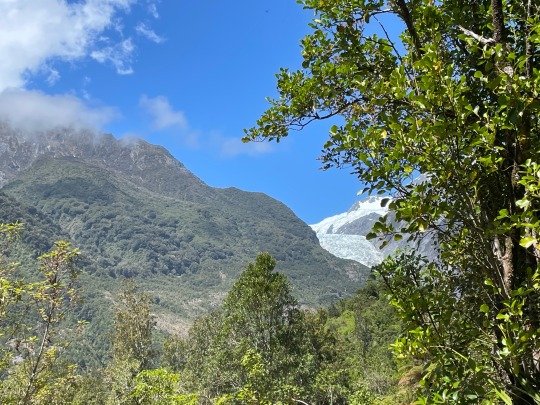
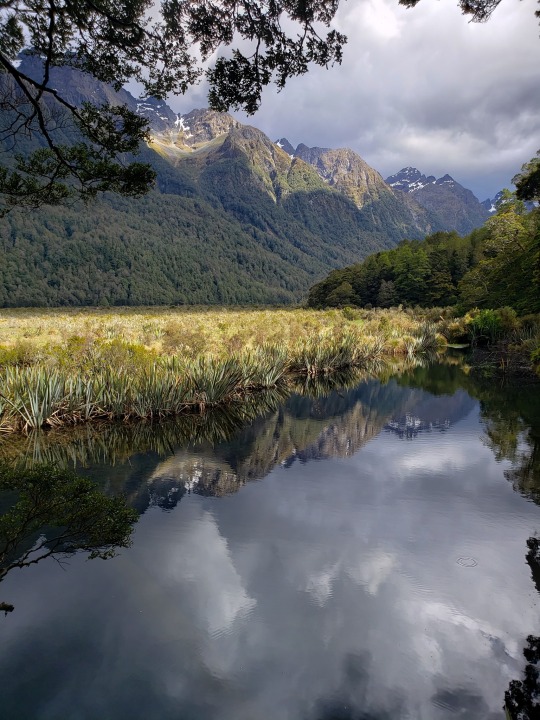
Wellington Botanic Garden, Split Apple Rock in Tasman Bay, Punakaiki pancake rocks, Hokitika beach & Hokitika Gorge, Southern Alps from a helicopter tour, Franz Joseph Glacier/Kā Roimata o Hine Hukatere, Mirror Lakes
12 notes
·
View notes
Text
10 Exciting New Zealand Tourist Attractions To Visit In 2023
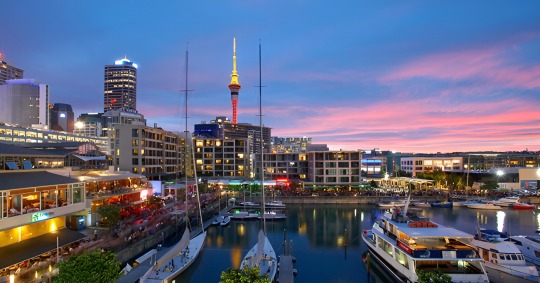
Embark on an unforgettable journey to the captivating landscapes of New Zealand, where adventure awaits at every turn. In 2023, this enchanting island nation unveils a plethora of exhilarating tourist attractions that promise to mesmerize and delight travelers from around the globe. From the rugged beauty of its mountains to the pristine shores of its beaches, New Zealand offers an unparalleled experience for nature lovers, thrill-seekers, and culture enthusiasts alike. Join us as we explore ten of the most exciting destinations that beckon adventurers to discover the magic of New Zealand in 2023.
Here are ten exciting places you might consider visiting in 2023:
1.Milford Sound:
Known for its stunning fjords, waterfalls, and wildlife, Milford Sound is a must-see destination on the South Island.
2.Tongariro National Park:
Home to the famous Tongariro Alpine Crossing, this park boasts dramatic volcanic landscapes and vibrant emerald lakes.
3.Rotorua:
Experience Maori culture and geothermal wonders in Rotorua, including bubbling mud pools, geysers, and traditional performances.
4.Queenstown:
Thrill-seekers will love Queenstown for its range of outdoor activities, from bungee jumping and skydiving to skiing and jet boating.
5.Hobbiton:
Visit the enchanting movie set of Hobbiton, where scenes from "The Lord of the Rings" and "The Hobbit" trilogies were filmed.
6.Abel Tasman National Park:
Explore pristine beaches, lush forests, and coastal tracks perfect for hiking, kayaking, and wildlife spotting.
7.Franz Josef Glacier:
Witness the majestic Franz Josef Glacier on the West Coast, where you can take guided walks or even heli-hike onto the glacier itself.
8.Waitomo Glowworm Caves:
Marvel at the mesmerizing glowworms that illuminate these underground caves, creating a magical experience.
9.Aoraki/Mount Cook National Park:
Discover New Zealand's highest peak, Aoraki/Mount Cook, surrounded by breathtaking alpine scenery and hiking trails.
10.Wai-O-Tapu Thermal Wonderland:
Immerse yourself in colorful geothermal landscapes, including the famous Champagne Pool and Lady Knox Geyser..
Conclusion :
Exploring New Zealand's stunning landscapes, rich Maori culture, and adventurous spirit is an experience like no other. With an array of exhilarating attractions, 2023 promises to be an exceptional year for tourism in this breathtaking country.
From the ethereal glowworm caves of Waitomo to the adrenaline-pumping adventures in Queenstown, New Zealand offers something for every traveler. The majestic beauty of Milford Sound, the vibrant city life of Auckland, and the tranquil beaches of the Bay of Islands are just a few highlights awaiting your discovery. However, before embarking on your journey to this enchanting land, ensure you have all necessary travel documents, including your New Zealand visa. This essential step will ensure a seamless and stress-free adventure, allowing you to fully immerse yourself in the wonders that New Zealand has to offer.
Read More-: China visa
2 notes
·
View notes
Text




New video! Much appreciated if you check it out. Just a baby lil channel at the moment, trying to get eyes on things :)
youtube
#photography#photographers on tumblr#new zealand#landscape photography#new zealand destinations#fujifilm#long exposure photography#long exposure#fujifilmxseries#astrophotography#Tasman glacier#Tasman lake#mountains#aotearoa#photography YouTube#video#subscribe#Youtube
7 notes
·
View notes
Text

The Tasman Glacier is the largest glacier in New Zealand, and one of several large glaciers which flow south and east towards the Mackenzie Basin from the Southern Alps in New Zealand's South Island.
#original photography#photographers on tumblr#australian photography#australian photographer#original photographer#travel photography#landscape photography#new zealand road trip#new zealand holidays#New Zealand#‘New Zealand winter#South Island#Southern Alps#tasman glacier#New Zealand landscape photos
8 notes
·
View notes
Text
#2657 - Rubus schmidelioides - White-leaved Lawyer


AKA bush lawyer (possibly because after it has its hooks in you it won't let go?) and tātarāmoa which refers to the feet of the rooster.
A climbing Rubus species endemic to New Zealand, mostly in the Canterbury region of the South Island.
The hooked branches allow it to climb across the ground and into shrubs and trees, and the fruit is an important food supply for birds, as well as being collected for cordials, eaten raw, and used as medicine.
Aoraki / Mount Cook, Aotearoa
3 notes
·
View notes
Text
Tasman Glacier, New Zealand

3 notes
·
View notes
Text
Te Anau - du 13 au 15 avril
Ouf, le soleil se lève enfin sur la route ( et ça fait du bien... c'est qu'on a plus l'habitude, nous!). Nous sommes sur la route vers Te Anau, petite ville aux portes des plus emblématiques fjords de la province du Fjordland: le Milford Sound et le Doubtful Sound. Ici, on nous dit avec fierté qu'il s'agit du plus grand et du plus sauvage des parcs nationaux de Nouvelle Zélande (bon, visiblement, la taille compte, ici!).

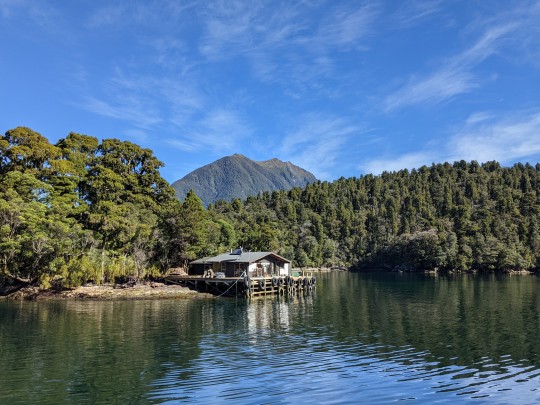
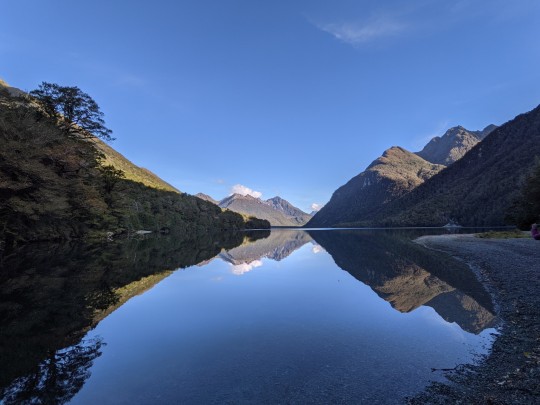

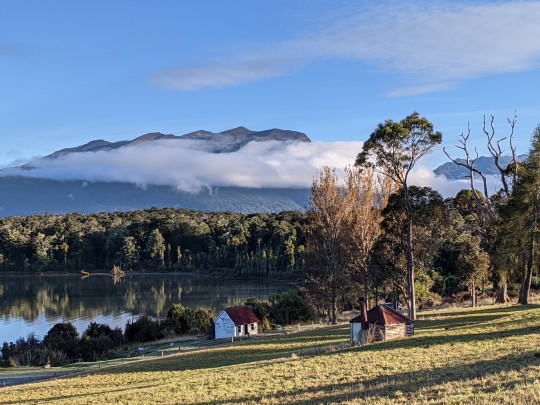
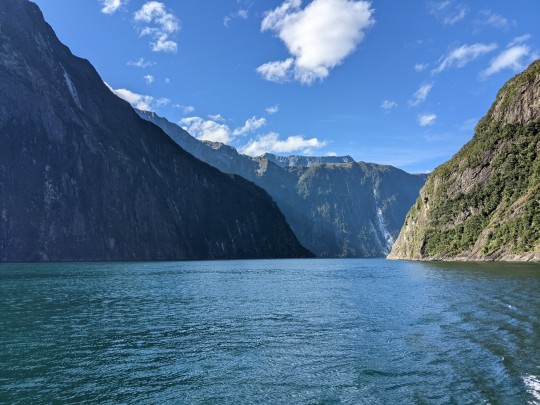
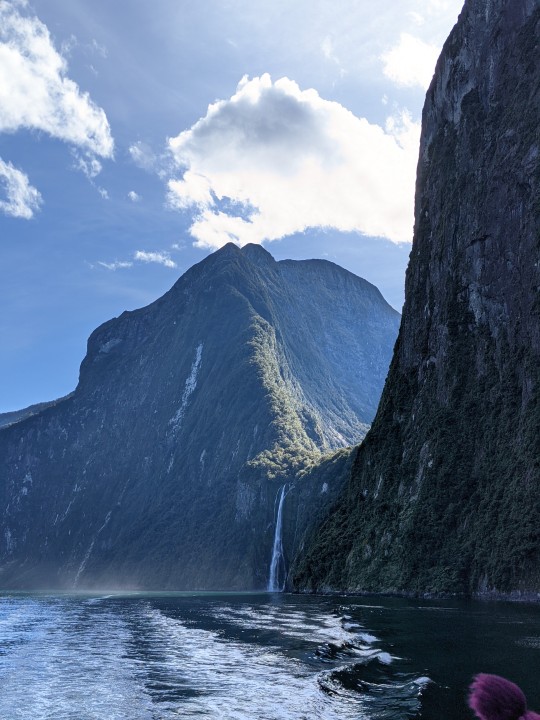

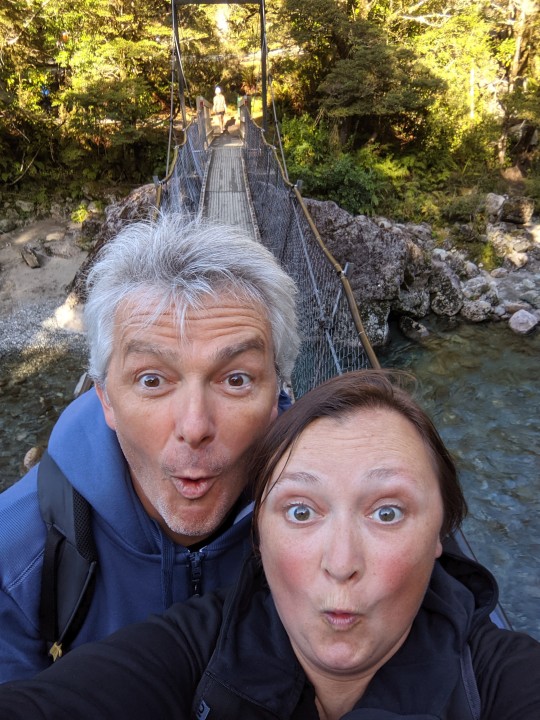
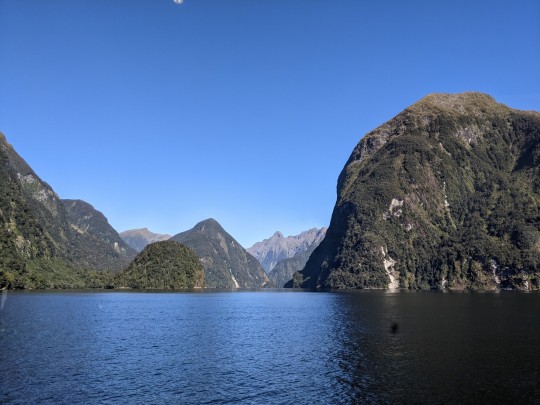
Nous visitons le premier le lendemain de notre arrivée. Nous sommes sans voix devant la succession de vallée qui jalonnent la route jusqu'au Milford Sound. Geoff, notre guide pour la journée, connaît les bons spots et ne tarit pas d'explications passionnantes sur cette région qu'il affectionne clairement. Nous sommes impressionnés par les gorges vertigineuses dont la hauteur est sublimée par des lacs dont le calme reflète sans trouble les parois environnantes. La croisière au sein du fjord est tout aussi magique: nous croisons phoques et dauphins, venus jouer avec les quelques bateaux présents. L'arrivée dans la mer de Tasman et ses remous nous font prendre conscience du calme qui règne au sein de fjord...
Le lendemain est consacré au Doubtful Sound. Nous comprenons rapidement que côté organisation, ce sera "deux salles, deux ambiances" par rapport à la veille. Après avoir passé la journée au sein d'un petit groupe d'une dizaine de personnes, nous nous retrouvons avec une centaine de touristes, tous dirigés avec tact à travers, bus et bateaux... La croisière au milieu des versants majestueux du fjord nous font vite oublier les autres passagers. Une deuxième claque après celle de la veille (et là, on comprend la fierté des locaux). Il règne ici un calme et une sérénité que rien ne perturbe et qui nous envahit progressivement.
Le retour se fait dans une ambiance bien plus calme ( le bercement des flots ayant fait somnoler certains 😴...). A peine rentrés sur Te Anau, nous reprenons la route vers notre prochaine étape avant les glaciers : Kingston!
2 notes
·
View notes
Text
Wednesday 5th March
The hotel, The Hermitage , we are staying at for 2 nights is to die for at every level. The hotel has been here in one iteration or another since the 1880’s ish. It has been rebuilt a number of times and this iteration is relatively new. It has different level of accommodation but where I am as are all those on the tour is the 5star end.stunning rooms in which even the bed and desk face Aoraki Mt Cook through a picture window. It you weren’t experiencing it you would think it was a painting you were looking at. In fact an artist apparently when asked to describe both the brown mountains and this view said it just reminded her of a painting or a photo and not real. An excellent description I reckon.
The rooms have all the components of 5 star. The food is likewise outstanding especially if you like salmon and seafood. They do meals buffet but this buffet choice and quality is something I have never seen. I am not going to cover every food option other than to say whatever your food preferences or dietary restrictions there is something for you. They also have a cafe which runs during the day for lunch etc. they also have a museum which is focussed on the pioneers of the area who opened it up , the hotels history and a big section on Sir Edmund Hillary. We got free entry to that and this evening we have a 45min talk from Sir Edmund’s son Peter which I supposed to be excellent.
The big excursion for today was the Glacier Explorer Cruise. As we didn’t have to meet for that until a bit later I didn’t set an alarm as getting to breakfast between 7&8 seemed no problem. I woke at 7am and levitated out of bed. Mountain air seems to improve sleep! Got to breakfast in 15mins! Had some time when I got back to sort my kit for the “cruise”. Given the title I assumed some cruise boat as this was to occur on a glacial lake created by the Tasman Glacier which looms over the lake with bits falling off at times into the lake. We had been told we had to walk for 1.5 km to the lake on loose stones etc with some slight inclines and we needed to do that walk in 25 mins or less. A bus ride of 10 mins took us to the starting point of said walk where we had to put our backpacks into big locked boxes as nothing other than what fits in your pocket allowed on boat. We were then issued and donned our life jackets.
Here I should point out that I had been warned it would be colder than anything we had experienced to date so I donned my new big brown pure wool jumper I had bought a few days earlier and managed to just zip up my water/wind proof jacket over it. By the time the life jacket was added I looked and felt like the Michelin man! It was in this outfit we did the 1.5 km walk in hot sun and no wind. I was boiling by the time we got to the lake😂.
The reason I opted for super warm was that just after breakfast in seeking some advice from one of our guides who had been on it I discovered that my interpretation of “cruise” being a boat was well off. It was much more adventurous! Turns out we went in groups of 13 in Zodiac type boats which go fast and manoeuvre well. Turns out that many of those going on this “cruise” were under the same misapprehension as me and didn’t find out until they saw the boats! A lady sitting with me on the boat told me afterwards that she hated speed boats although she hid her fear well,!. I loved it and it was an awesome experience. I did have my own mini adventure in that while we were sitting in the boat listening to the safety’s briefing I put my mobile for a second on the spare seat and at that moment she decided to demonstrate what a sudden change in speed or direction could do and my mobile disappeared. Talk about heart sinking. I thought it had slipped under the motor into the water but when I looked into the engine bay area there it was in an inch of icy water!! Good old I phone , I rescued it, dried it off and it hasn’t missed a beat😅. At least I have seen icebergs without going to Antarctica (albeit on a smaller scale). The weather was sunny and no real breeze so ideal conditions. 2 days ago they had about a metre of rain over 2 days! We have free time now until the 6pm talk from Peter Hilary followed by dinner. We then need to sort ourselves to leave early in the morning for our next destination and hotel. Tomorrow will be day 10 so 4 more days before tour ends in Wellington on Sunday 9/3 when we arrive at Wellington. Will as usual post photos to posts as able.
The talk from Peter Hilliary was very interesting and entertaining. He is an excellent speaker and he mixed his fathers, his and even some of his son’s exploits climbing. He has a unique insight into climbing at that level and into the drive behind Sir Ed(as he seems to have been called!). Climbing Everest seems to be a Hilliary right of passage as Peter and at least one of his sons has also done it. He is in fact a very experienced climber himself. He has climbed with his father and been encouraged by him. He has lived in his shadow but still carries on his father’s work in supporting the trust that provides schools etc in Nepal.










The top right of Mt Cook was the view through my room window! Glorious to lay and watch the sun set and rise in this view!
BTW I was told the room I had was $700\night without meals and we got breakfast and dinner x 2!
0 notes